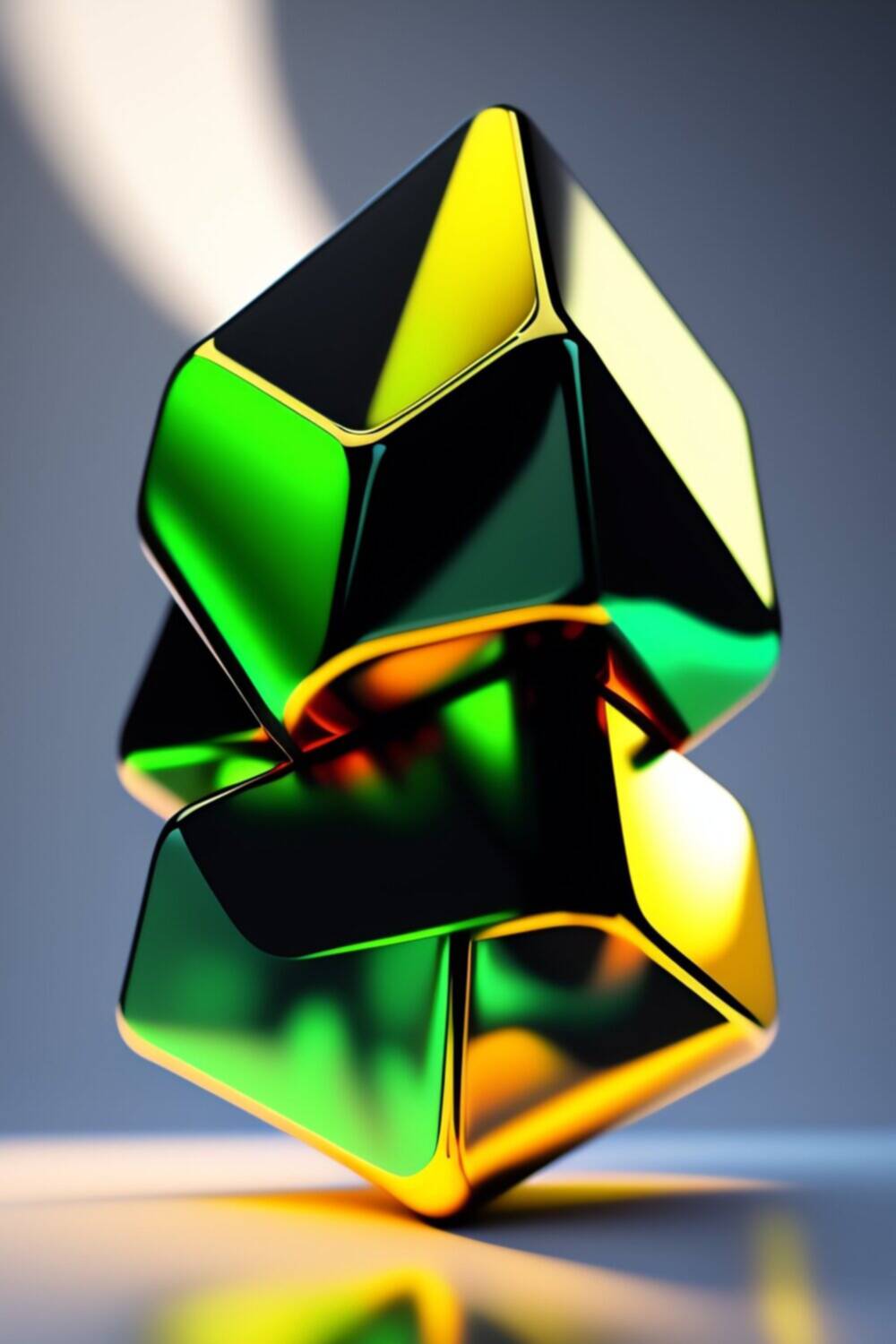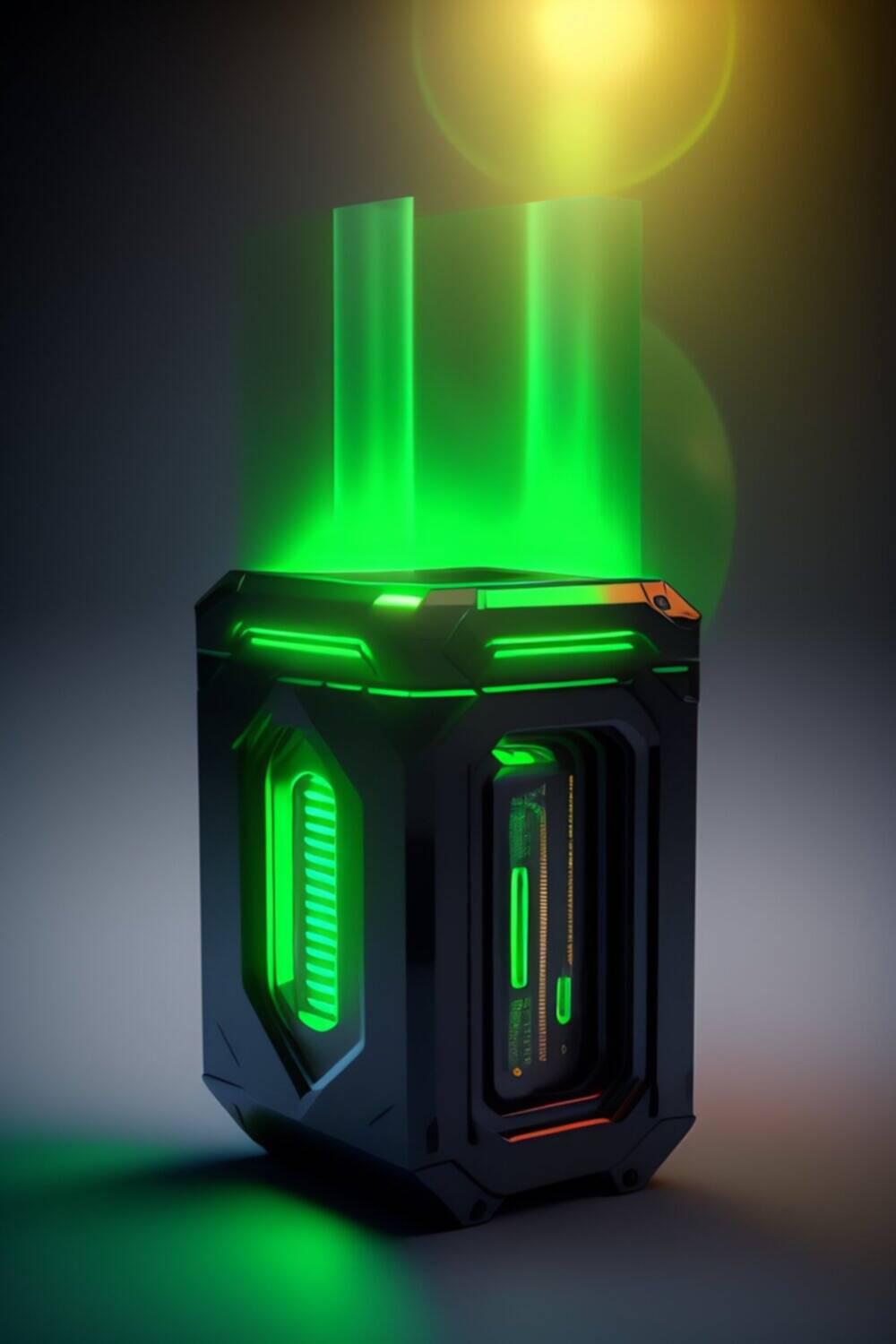Get an in-depth comparison of the Nvidia RTX 4070 and Radeon RX 6600 graphics cards. Discover their specifications, performance, price, power consumption, software support, cooling, and more.
Introduction
The graphics card market is always evolving, with new releases promising better performance and more advanced features. In this article, we will take a closer look at the Nvidia RTX 4070 and compare it with its competitor, the Radeon RX 6600. These two GPUs are highly anticipated by gamers and professionals alike, offering a significant boost in graphics processing power.
Specifications
Both the Nvidia RTX 4070 and the Radeon RX 6600 come with impressive specifications. The RTX 4070 features the latest Ada Lovelace architecture with improved CUDA cores and ray tracing capabilities. On the other hand, the RX 6600 utilizes AMD’s RDNA 2 architecture, delivering excellent performance per watt. We will delve into the detailed specifications of both GPUs and compare their core counts, memory configurations, and clock speeds.
Performance Comparison
When it comes to gaming and other graphics-intensive tasks, performance is key. We will explore the gaming benchmarks and synthetic tests of the Nvidia RTX 4070 and Radeon RX 6600. By analyzing their performance in popular games and benchmarking suites, we can determine which GPU offers better frame rates, higher resolutions, and superior overall gaming experience.
Price and Availability
Price and availability play a crucial role in the purchasing decision of a graphics card. We will discuss the expected price points of the Nvidia RTX 4070 and Radeon RX 6600 and compare them to their predecessors. Additionally, we will address the availability concerns that often accompany new GPU releases and provide insights into potential stock issues and release dates.
Power Consumption
Efficiency is an essential aspect of any modern GPU. We will examine the power consumption of the Nvidia RTX 4070 and Radeon RX 6600, comparing their TDP (Thermal Design Power) ratings. By understanding the power requirements of these graphics cards, users can make informed decisions regarding power supply compatibility and system cooling solutions.
Software and Driver Support
A well-optimized and regularly updated software ecosystem is crucial for an enhanced user experience. We will delve into the software and driver support offered by Nvidia and AMD for their respective GPUs. This includes analyzing the features, stability, and compatibility of the graphics drivers and software suites provided by both manufacturers.
Cooling and Noise
Efficient cooling is vital to maintain optimal performance and longevity of a graphics card. We will assess the cooling solutions implemented in the Nvidia RTX 4070 and Radeon RX 6600, examining their fan designs, heat sinks, and overall thermal performance. Additionally, we will evaluate the noise levels produced by these GPUs under various workloads.
Overclocking Potential
For enthusiasts and overclocking enthusiasts, the potential for manual performance improvements is of great interest. We will explore the overclocking capabilities of the Nvidia RTX 4070 and Radeon RX 6600, considering factors such as power limits, voltage control, and stability. By understanding the overclocking potential, users can squeeze out additional performance from their GPUs.
Ray Tracing and DLSS Capabilities
Comparing the ray tracing capabilities of the Nvidia RTX 4070 and Radeon RX 6600 will give us insights into their real-time rendering performance. We will analyze their ability to accurately simulate realistic lighting, reflections, and shadows in games that support ray tracing. Additionally, we will explore the DLSS technology offered by Nvidia, which utilizes AI to upscale lower-resolution images, enhancing overall visual quality without sacrificing performance.
VR and Multi-Monitor Support
Virtual reality (VR) gaming and multi-monitor setups have gained popularity among enthusiasts. We will assess the VR and multi-monitor support of the Nvidia RTX 4070 and Radeon RX 6600. This includes evaluating their compatibility with popular VR headsets, their ability to deliver smooth VR experiences, and their support for multi-monitor configurations, including high refresh rates and resolutions.
FAQs
- Q: Is the Nvidia RTX 4070 compatible with older motherboards? A: Compatibility may vary depending on the motherboard and its PCIe slot version. It’s recommended to check the specifications and compatibility lists provided by the motherboard manufacturer.
- Q: Does the Radeon RX 6600 support ray tracing? A: Yes, the Radeon RX 6600 supports hardware-accelerated ray tracing with AMD’s RDNA 2 architecture.
- Q: Can I use the Nvidia RTX 4070 for professional applications like 3D rendering or video editing? A: Yes, the RTX 4070 offers excellent performance for professional applications, thanks to its high CUDA core count and optimized drivers for various software suites.
- Q: How do I ensure my power supply can handle the power requirements of these GPUs? A: Check the power supply’s wattage rating and ensure it meets or exceeds the recommended power requirements of the respective graphics card. It’s also essential to consider the power requirements of other components in your system.
- Q: Are there any known issues or limitations with the Nvidia RTX 4070 or Radeon RX 6600? A: Graphics cards can occasionally have driver-related issues or specific compatibility concerns with certain games or applications. It’s recommended to stay updated with the latest driver releases and check online forums or manufacturer support for any known issues or workarounds.
Conclusion
In conclusion, the Nvidia RTX 4070 and Radeon RX 6600 are both impressive graphics cards with their unique strengths. The RTX 4070 shines with its advanced ray tracing capabilities, DLSS technology, and overall gaming performance. On the other hand, the Radeon RX 6600 excels in delivering excellent performance per watt, making it a compelling option for power-conscious users.
When making a purchasing decision, it’s essential to consider factors such as price, availability, power consumption, software support, cooling efficiency, and overclocking potential. By weighing these aspects against your specific requirements and budget, you can determine which GPU aligns best with your needs.



